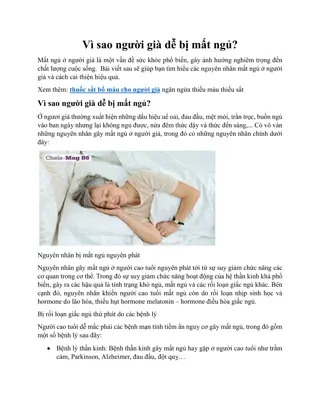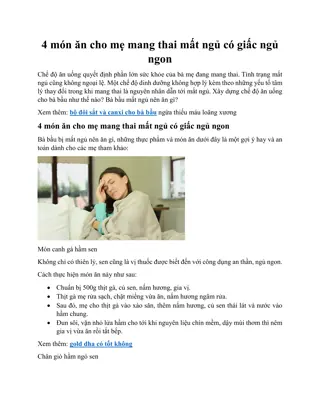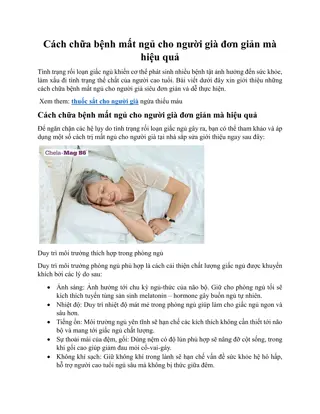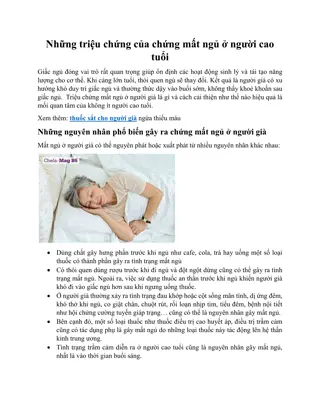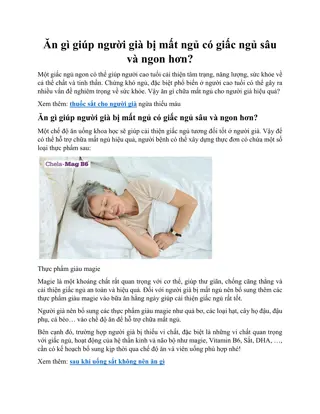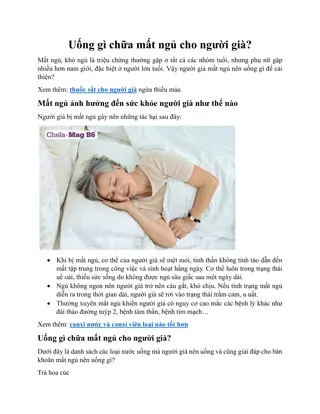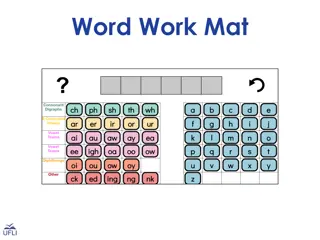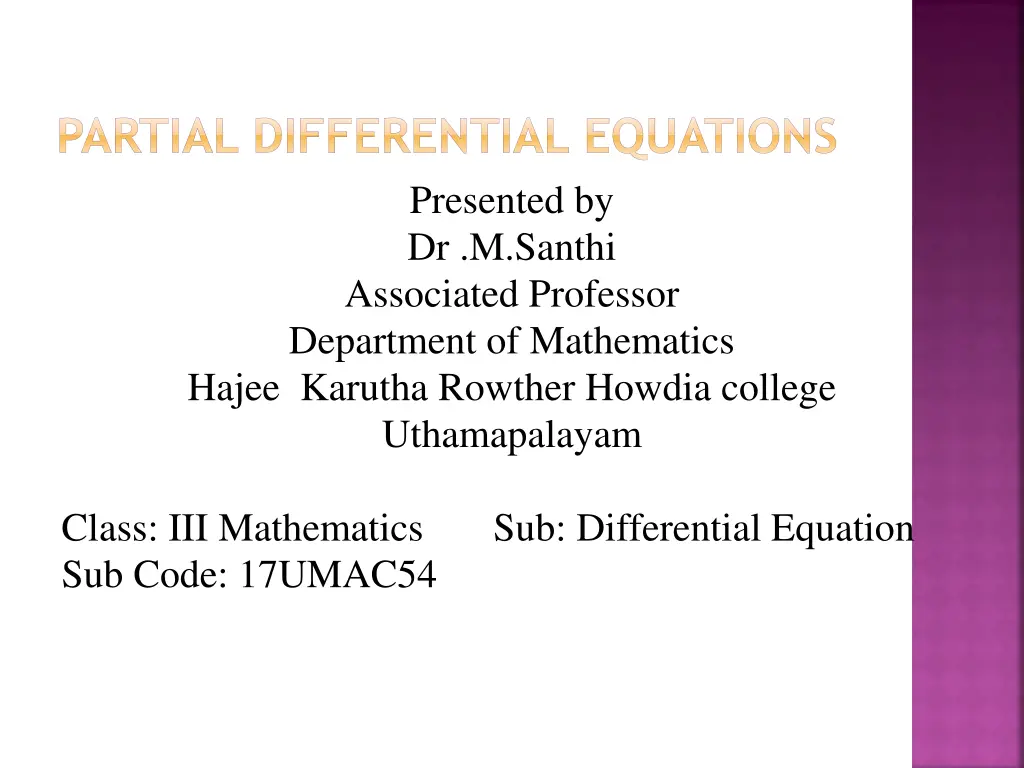
Partial Differential Equations Formation and Solutions
Explore the formation and solution of partial differential equations through the elimination of arbitrary constants and functions. Discover how to find differential equations for spheres of fixed radius and centers in the xy-plane, along with techniques to eliminate arbitrary functions in solutions.
Download Presentation

Please find below an Image/Link to download the presentation.
The content on the website is provided AS IS for your information and personal use only. It may not be sold, licensed, or shared on other websites without obtaining consent from the author. If you encounter any issues during the download, it is possible that the publisher has removed the file from their server.
You are allowed to download the files provided on this website for personal or commercial use, subject to the condition that they are used lawfully. All files are the property of their respective owners.
The content on the website is provided AS IS for your information and personal use only. It may not be sold, licensed, or shared on other websites without obtaining consent from the author.
E N D
Presentation Transcript
PARTIAL DIFFERENTIAL EQUATIONS Presented by Dr .M.Santhi Associated Professor Department of Mathematics Hajee Karutha Rowther Howdia college Uthamapalayam Class: III Mathematics Sub Code: 17UMAC54 Sub: Differential Equation
Formation of Partial Differential equations Partial Differential Equation can be formed either by elimination of arbitrary constants or by the elimination of arbitrary functions from a relation involving three or more variables . SOLVED PROBLEMS 1.Eliminate two arbitrary constants a and b from constant . ( ) ( ) 2 2 + + = 2 2 x a y b z R here R is known
(OR) Find the differential equation of all spheres of fixed radius having their centers in x y- plane. solution ( ) ( ) ( ) 1 2 2 + + = 2 2 ....... x a y b z R Differentiating both sides with respect to x and y z z = 2 2 ( ) x a x z = 2 2 ( ) z y b y z z = = , p q x y = = , x a pz y b qz
By substituting all these values in (1) + + R = 2 2 2 2 2 2 p z q z z R 2 = 2 z + + 2 2 1 p q or 2 R = 2 z 2 2 z z + + 1 x y
2. Find the partial Differential Equation by eliminating arbitrary functions from SOLUTION = 2 2 ( ) z f x y = 2 2 ( to )......... ) 1 .( z f x y . z . . . d w r xandy = ' 2 2 ( ) 2 ......( x ) 2 f x y x z = ' 2 2 ( ) 2 ......( y ) 3 f x y y
) 2 ( By ) 3 ( z x x = y z p y x = + = 0 py qx q y
3.Find Partial Differential Equation by eliminating two arbitrary functions from ( x yf z = + ) ( ) xg y SOLUTION = + ( ) ( )......( ) 1 z yf x xg y Differentiating both sides with respect to x and y z + = ( ) ( )........( ) 2 f y x g y x z = + ( ) ( )........( ) 3 f x x g y y
Again d . w .r. to x and yin equation (2)and(3) 2 z = + ( ) ( ) f x g y x y + ( 2 ) )...... 3 ( ... x y to get
z z + = x y yf x ( y + + + ) ( ) ( ( ) ( )) xg y x xy f x g y ( ) = + + z xy f g x 2 z z z + = + x y z xy x y y
Different Integrals of Partial Differential Equation 1. Complete Integral (solution) z z = = ( , , , , ) ( , , , , ) ......( 0 ) 1 F x y z F x y z p q Let be the Partial Differential Equation. The complete integral of equation (1) is given by x y = ( , , , , ) .......... 0 ) 2 ( x y z a b
2. Particular solution A solution obtained by giving particular values to the arbitrary constants in a complete integral is called particular solution . 3.Singular solution The eliminant of a , b between ) , , , , ( = b a = 0 x y z a b = , 0 0 when it exists , is called singular solution
4. General solution In equation (2) assume an arbitrary relation of the form . Then (2) becomes ) (a f b= = ( , , , , ( )) .........( 0 ) 3 x y z a f a Differentiating (2) with respect to a, + = ( ) .......... 0 ) 4 ( f a a b The eliminant of (3) and (4) if exists, is called general solution
Standard types of first order equations TYPE-I The Partial Differential equation of the form 0 ) , ( = q p f has solution with by ax z + + = c = ( , ) 0 f a b TYPE-II The Partial Differential Equation of the form = + + ( , ) z px qy f p q is called Clairaut sform of pde , it s solution is given by z = + + ( b a , ) ax by f
TYPE-III If the pde is given by = ( , , ) 0 f z p q then assume that z = + ( ) x ay = + u x ay = ( ) z u
z z u z dz = = = = 1 . p x u x u du z z u z dz = = = = a . q a y u y u du The given pde can be written as dz a dx this can dz = ( , , ) 0 f z .And also dy be integrated to get solution
TYPE-IV The pde of the form can be solved by assuming ( ) , ( a p x f = z dz + = ( , ) ( , ) f x p g y q = = , ) f x p g y q a = = ( , ) ( , ) p x a = z ( , ) ( , ) g y q a q y a = dx dy x ( y + = , ) ( , ) dz x a dx y a dy Integrate the above equation to get solution
SOLVED PROBLEMS q = 2 1 p 1.Solve the pde and find the complete and singular solutions Solution Complete solution is given by ax z + = + by c b = a 2 1 a b with = 2 1
= + + 2 ( ) 1 z ax a y c d.w.r.to. a and c then z = + 2 x ay a z = = 1 0 Which is not possible c Hence there is no singular solution + + = 0 pq p q 2.Solve the pde and find the complete, general and singular solutions
Solution The complete solution is given by ax z = + + by c + + b = 0 ab a b with b = a + 1 b = + + .......( c ) 1 z x by + 1 b
1 z = + = 0 x y ( ) 2 + b 1 b z = = 1 0 no singular solution To get general solution assume that ) (b g c = c From eq (1) b = + + ( ).......( 2 ) z x by g b + 1 b
1 z = + + ( ).......( 3 ) x y g b ( ) 2 + c 1 b Eliminate from (2) and (3) to get general solution 3.Solve the pde and find the complete and singular solutions = + + + + 2 2 1 z px qy p q Solution The pde is in Clairaut s form = + + + + 2 2 1 z px qy p q
complete solution of (1) is = + + + + 2 2 1 .......( 2 ) z ax by a b d.w.r.to a and b z a = + = 0 x a + + 2 2 1 a b ........( ) 3 z b = + = 0 y b + + 2 2 1 a b
From (3) 2 2 a b = = 2 2 , x y + + + + 2 2 2 2 1 1 a b a b + 2 2 a + b + + = 2 2 x y 2 2 1 a b 1 2 = + 2 2 1 ( ) x y + + 2 1 a b
2 a + = 0 ax + + 2 2 1 a b 2 b + = 0 by + + 2 2 1 a b 1 a + + + + = 2 2 1 0 ax by a b + + 2 2 1 b 1 a = = + 2 2 2 0 1 ( ) z z x y + + 2 2 1 b + + = 2 2 2 1 x y z is required singular solution
+ = 4.Solve the pde 1 ( ) 2 ( ) 3 x p y q z Solution pde + = 1 ( z ) ( 2 ) 3 x p + y q z = + 3 ( 2 ) px qy p q Complete solution of above pde is ax z + = p + q z ( 3 = 2 ) by 2 a b + 2 5.Solve the pde Solution Assume that = + ( ) z x ay
= + u x ay = (u ) z z z u z dz = = = = 1 . p x u x u du z z u z dz = = = = a . q a y u y u du From given pde 2 2 dz dz + = + = 2 2 2 2 p q z a z du du
2 dz z = + 2 1 du a 1 + dz z dz = = du + 2 1 du a z 2 1 a Integrating on both sides u + = + 2 z b 2 1 a + x ay = + 2 z b + 2 1 a
= + zpq p q 6. Solve the pde Solution Assume Substituting in given equation zpap + = 1 q = ap = + p ap + 1 a a = , p q az z z z = + dz dx dy x y + + 1 1 a a = + dz dx dy az z
= + + 1 ( )( ) zadz a dx ady Integrating on both sides a = 2 + + + 2 1 ( )( ) z a x ay b = pq ( xy 7.Solve pde z z = )( ) xy (or) x y Solution p= q x y
Assume that p y = = a x q y = = , p ax q a y = + = + dz pdx qdy axdx dy a Integrating on both sides 2 2 x 2 y 2 = + + z a b a
+ = + 2 2 p q x y 8. Solve the equation Solution p = = 2 2 x y q a = + = , p a x q y a = + = + + dz pdx qdy a x dx y a dy integrating 3 3 2 = + + + ( ) ( ) z a x y a b 2 2 3
Equations reducible to the standard forms xm yn ( ) ( ) p q (i)If and occur in the pde as in 0 ) , ( = q y p x F Or in = m n ( , , ) 0 F z x p y q m n n= 1 y Y m= 1 Case (a) Put and if ; m z x = x X 1 1 n z X z = = = m 1 ( ) p m x X x X z z Y z = = n 1 ( ) q n y y Y x Y
z = = m 1 ( ) 1 ( P ) x p m m X z = = n 1 ( ) 1 ( ) y q n Q n Y z z = = , P Q where X Y = = m n Then reduces to ( , ) 0 F P Q ( , ) 0 F x p y q = = m n ( , , ) 0 Similarly reduces to , , ( y p x z F ) 0 F z P Q q
case(b) If or put = = 1 Y = n 1 x m log = z , log 1 X y = = p px P X x 1 z = = q qy Q Y y zk ( q zk k k ( ) ) p ( , ) F z p z q (ii)If and occur in pde as in , ( 1 z x f Or in = k k ) ( , ) p f y z q 2
+ k= 1 z Z 1 k Case(a) Put if z z Z Z 1 ` 1 ` = = + = + k k 1 ( ) 1 ( ) z k z p k P x Z x x z z Z Z 1 ` 1 ` = = + = + k k 1 ( ) 1 ( ) z k z q k Q y Z y y Z Z = = , P Q where x y Given pde reduces to = ( , ) ( , ) f x P f y Q ( , ) F P Q and 1 2
= 1 k Case(b) if z = log Z z z Z Z = = = 1 z z p P x Z x x z z Z Z = = = 1 z z q Q y Z y y Solved Problems 1.Solve + = 2 4 2 4 2 p x q 2 y z 2 2 2 px qy Solution + = 1 .......( ) 1 z z
= = , 2 2 m n = 1 y k 1 z = = log Z Y 1 = x X z z Z X Z = = = = 2 2 p zx zx P x Z X x X z z Z Y Z = = = = 2 2 q zy zy Q y Z Y Z y Y Z = = , P Q where X Y
2 2 px qy = = , P Q z z (1)becomes ( P ) ( = ) 2 2 + = 1 P Q + 2 2 1 Q + = + Z aX bY c + = = 2 2 2 , 1 1 a b b a = + + 2 2 2 log 1 z ax a y c
+ = + 2 2 2 2 2 ( ) p q z x y 2. Solve the pde SOLUTION 2 2 p q + = + 2 2 z = Z ( ).....( ) 1 x y z z = z log z 1 Z k Z = = = 1 z z p P x Z x x z z Z Z = = = 1 z z q Q y Z y y
Eq(1) becomes + = + 2 2 2 2 ( ).....( = ) 2 P Q x y = 2 2 2 2 2 P x y Q a 2 a 2 x x 2 = + + + 1 2 2 log sinh ( ) z a x a 2 2 2 ( ) y y a a 2 y + 1 cosh b 2 a
Lagranges Linear Equation Def: The linear partial differenfial equation of first order is called as Lagrange s linear Equation. + = Pp Qq R This eq is of the form Where and are functions x,y and z Q P, R The general solution of the partial differential equation is Qq Pp = + = ( , ) 0 R F u v = F ( , , ) u x y z c Where is arbitrary function of and 2 ) , , ( c z y x v = 1
u = v = 1c 2c Here and are independent solutions dx dy dz = = of the auxilary equations R P Q Solved problems + = + 2 2 ( ) x p y q x y z 1.Find the general solution of Solution auxilary equations are dx dy dz + = = 2 2 ( ) x y x y z
dx dy = Integrating on both sides 2 2 x y ( ) = = 1 1 u x y c 1 dx dy dz + = 2 2 ( ) x y x y z ( ) d x y + dz + = ( )( ) ( ) x ( y x ) y x y z d x y ) dz = Integrating on both sides ( x y z
= + log( v = ) log = log x y z c 2 1 ( ) x y z c 2 = ( , ) 0 F = u v The general solution is given by y x F 1 1 1 ( ( , ) ) 0 x y z + = 2 2 2 ( ) ( ) ( ) x y z y z x q z x y 2.solve solution Auxiliary equations are given by dy z dx dz = = 2 2 2 ( ) ( ) ( ) x y y z x z x y
dy dx dz 2 y 2 2 x z = = ( ) dx ( ) ( ) y z z x x y dy dz + + 2 2 2 x y z + + ( dx ) ( ) ( ) y z z x x y dy dz + + = 0 2 2 2 x y z Integrating on both sides
1 1 1 = + + = u a x y y z 1 1 1 x dx dy z dz = = x dy ( ) dx ( ) ( ) x y z y z x z x y + + 1 1 1 y z dz + + ( ) ( ) ( ) x y z y z x z x y dx dy dz + + = 0 Integrating on both sides x y z = = v xyz b
The general solution is given by + + = 1 1 1 ( , ) 0 F x y z xyz HOMOGENEOUS LINEAR PDE WITH CONSTANT COEFFICIENTS Equations in which partial derivatives occurring are all of same order (with degree one ) and the coefficients are constants ,such equations are called homogeneous linear PDE with constant coefficient
n n n n z n z z z n + + + = ........ ( , ) a a a F x y 1 2 n 1 2 2 n n x x y x y y = = , . D D Assume that x y th n then order linear homogeneous equation is given by ( 2 1 D D a D D a D or ) , ( F z D D f = + + + + = 1 2 2 n n n n ......... ) ( , ) a D z F x y n ( , )......... ) 1 ( x y
The complete solution of equation (1) consists of two parts ,the complementary function and particular integral. The complementary function is complete solution of equation of z = ( , ) 0 f D D Rules to find complementary function Consider the equation + y x x or 2 2 2 z z z + = 0 k k 1 2 2 2 y + + = 2 2 ( ) .......... 0 ...( ) 2 D k D D k D z 1 2
The auxiliary equation for (A.E) is given by + + = 2 2 0 D k D D k D 1 2 = m = m , + 1 + D m D k And by giving = 2 ....( 0 ) 3 k The A.E becomes 1 2 Case 1 If the equation(3) has two distinct roots The complete solution of (2) is given by 1,m m 2 = + + + ( ) ( ) z f y m x f y m x 1 1 2 2





